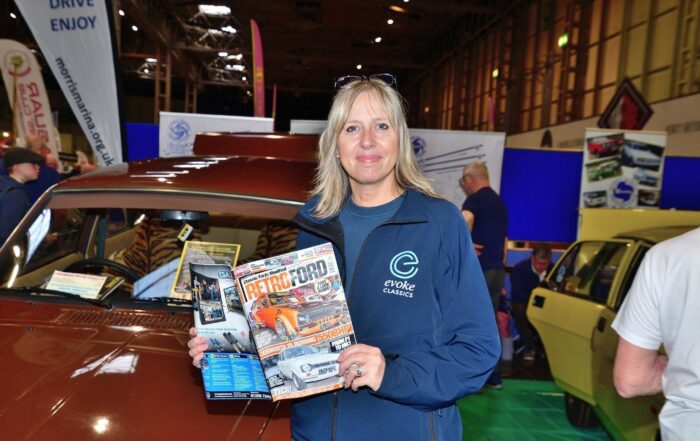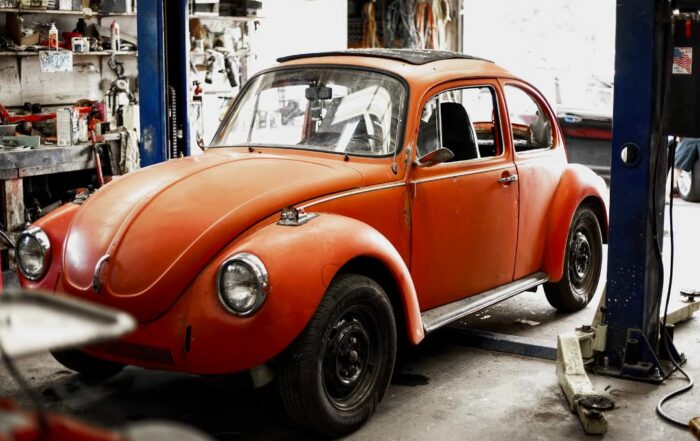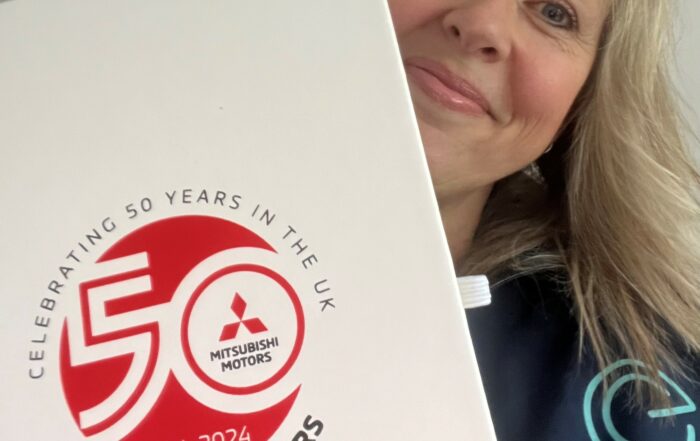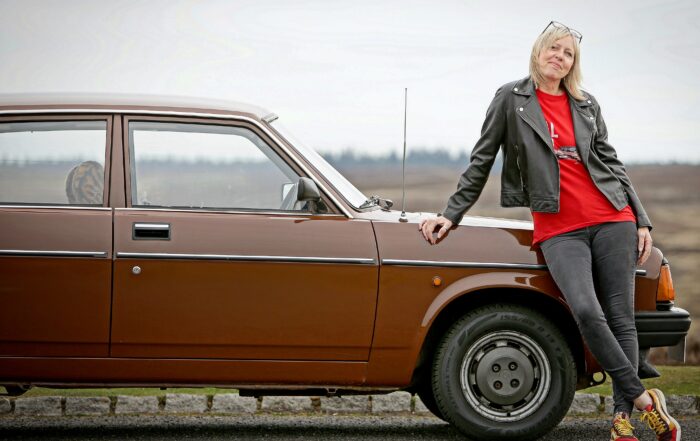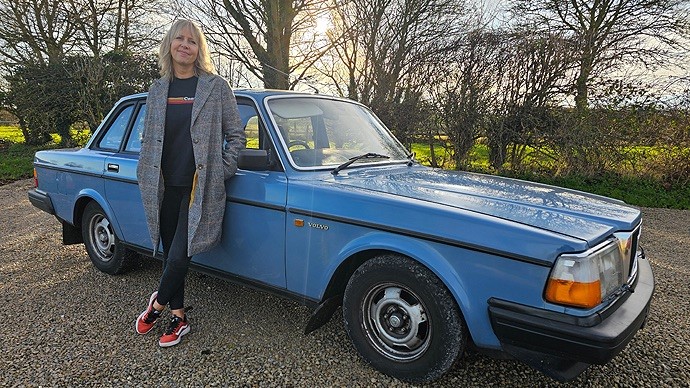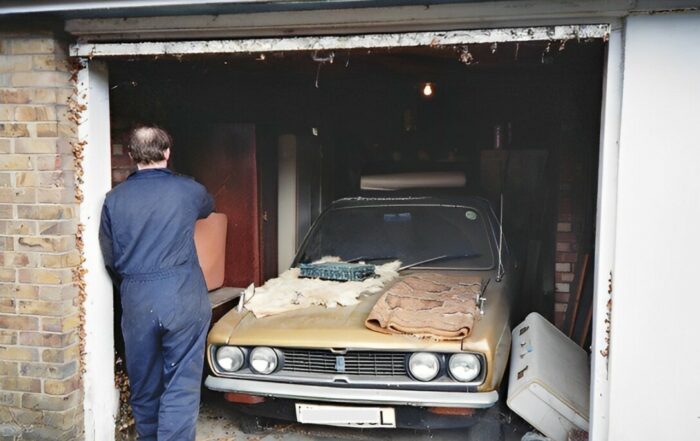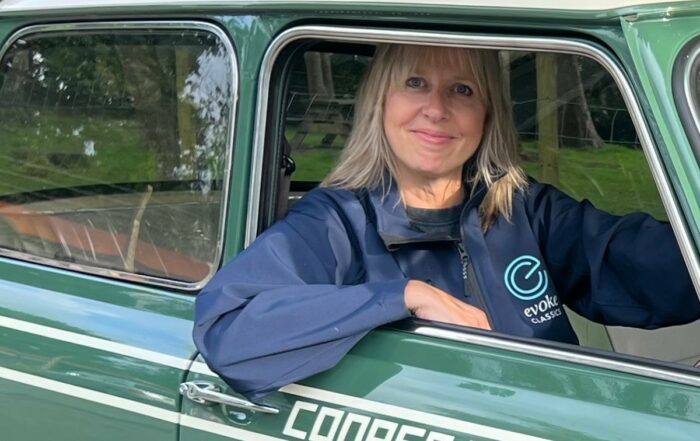We were all feeling good about agreeing a good solid plan which we could crack-on with. But, as with all the best laid plans, things were about to change dramatically. For the good? We are all about to find out.
Paul received a call from a good contact, “you know that Splitty you’re restoring, I have a customer who is looking for one just like that”.
By the time Paul talked to us all in the meeting room, he’d met the prospective customer, got them on board and in principle agreed a deal. It all looked good. But Steve was the first to ask the question we were all thinking; what about the spec we’d just agreed amongst ourselves? Details, chaps, details. “Seriously” said Paul, “I’ve set out what we are doing and the customer is fine with that. They’d like to choose the interior”, which was fine because we hadn’t agreed that, “and a few individual items”, so pretty much all the same then? Yes, was Paul’s response. Good, let’s get moving.
Engine. What could be simpler. Famous last words? Well, as it happened, it was all relatively straightforward. There were a couple of minor stipulations from the client. They wanted some bling. We talked them down from that and made a compromise suggestion. We would match the tin work to the exterior colour of the vehicle and add a classy sparkly here and there? The client was happy with that, so we set about removing the engine and seeing what we were up against.
In no time the engine was out and ready for inspection. The unit looked to be in good condition. Crucially it was dry. Is there such a thing as totally dry air cooled engine? We’re not sure. But there were no signs of the main seals, crank case or crank case compression blowing oil over the place. Good so far. We set about getting the tin work, fan, and ancillaries off to have a closer look. We’d already carried out a compression test and all cylinders returned strong, balanced numbers.
Off came the tin work and the big reveal. What was revealed was a remarkably dry solid engine. No signs of oil anywhere. Even the oil cooler was in good condition. Based on what we could see on the outside and the measurements we’d took telling us what it was like on the inside, we made the decision we were not going to split the crank case. That left only one more decision. The amount of bling to apply. As you can see, we tested out a couple of ideas before settling on a final decision.
The engine bay was in solid but dirty condition. Fair enough, the old girl was showing her age. We just needed a tidy up in here along with some safety improvements on fuel lines and electrical connections. The petrol tank was very recently new.
Back to the engine. We sorted out the ancillaries, overhauling where necessary. The distributor got a refresh and new lease of life. The fuel pump was replaced, famous for their leaks. New push rod tubes were installed, another achilles heel of the flat four.
Being mindful of the yet to be agreed electrical upgrades we were going to carry out to the Splitty’s interior, the only sensible thing to do was to junk the dynamo in favour of modern alternator. Easy decision. A new coil was fitted, along with the inlet manifold rubbers – we could well do without the aggravation of an air leak from 20yr old rubbers – along with the exhaust silencer & gasket set. The final wear & tear item was the clutch. Madness not to replace that at this stage, so off with the old, on with the new. Some paint, polish and elbow grease were applied to the rest of the engine and it all went nicely back together. Looks good.



